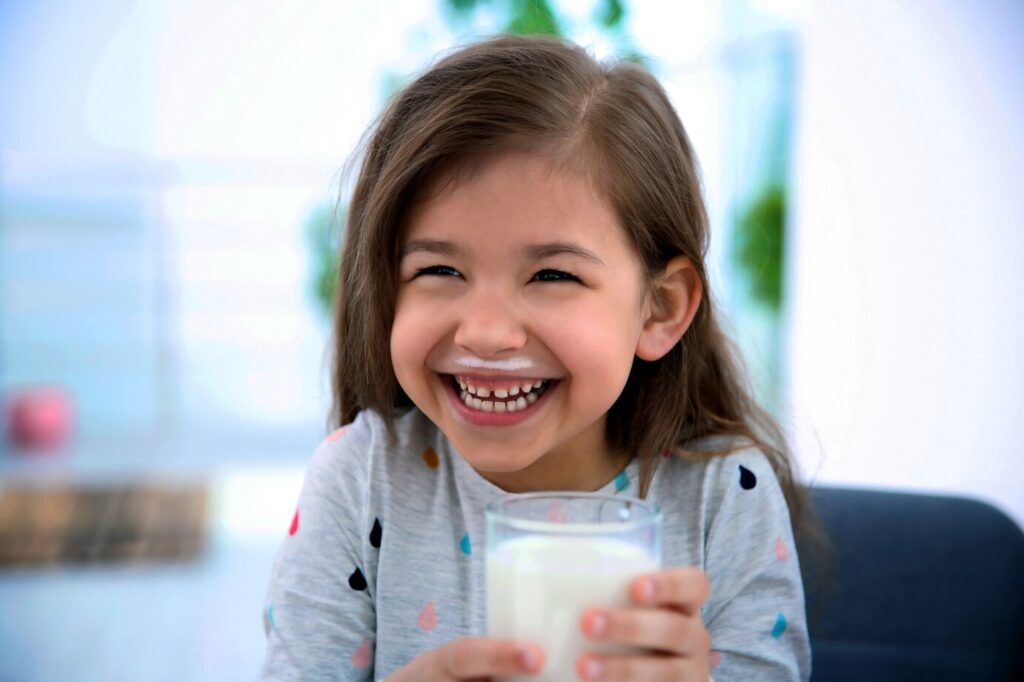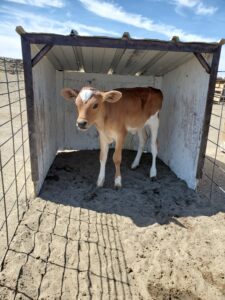Taking a Look at Some of Google’s Top Dairy Searches
When it comes to what we eat, we want the full scoop so we know what we’re putting into our bodies. Food and its nutritional value is one thing, but many of us care about the impacts our food has on the planet and how we can support industries that maintain the prosperity of our world. Of course, as Nevada Dairy Farmers, we consume dairy products in all forms. However, some people think “dairy is scary.” Let’s debunk these myths with verified information from real dairy farmers and nutritionists.
With data at our fingertips, we took to Google to learn more about what people were interested in regarding the dairy industry. We looked at some of the most common dairy-related Google search queries.
Dairy Questions Frequently Asked on Google
Is whey protein good for you?
Well, first, what even is whey protein? It is derived from whey, a liquid byproduct of cheesemaking. Whey is an exclusive protein to dairy.
Now that we know what whey protein is, let’s talk about what it does. We’d bet you’ve seen whey as a main ingredient in protein powders, which makes sense since it’s a complete protein; it has all nine amino acids your body needs to perform various functions, like tissue growth and energy production.
Of these amino acids, leucine is a shining star. It promotes muscle growth in our bodies. This is important because, as we age, our muscle mass naturally decreases, and there is an increased risk of fat gain or chronic disease. Leucine isn’t exclusively beneficial to those with deteriorating muscles—it also helps those interested in muscle building, like bodybuilders and athletes.
In short, whey protein IS good for you. Not only is it a complete protein that helps your body perform all necessary functions, but it also helps you stay healthy in the long run. If you want to learn more about whey protein, let us show you the whey here.
Is evaporated milk dairy-free?
Evaporated milk is not dairy-free. Evaporated milk is made up of homogenized milk with 60% of its water removed. Once the water from the milk has been removed, the evaporated milk is chilled, stabilized, and sterilized.
What are milk’s nutritional facts?
Milk is one of the most nutrient-dense beverages you can consume: It contains 13 essential nutrients, 8 grams of protein in an 8 ounce glass, and consists of 85% water. Heck, we like to refer to it as nature’s sports drink! Milk is known as a super food as it contains calcium, protein, Vitamin D, phosphorus, Vitamin A, Riboflavin, Vitamin B12, Pantothenic Acid, Niacin, Zinc, Selenium, Iodine, and Potassium. Scientific evidence shows that regular consumption of dairy has been linked to:
- Improved bone health in children and teens
- Reduced risk of cardiovascular disease and type 2 diabetes in adults
- Lower blood pressure
Do you want to get the full scoop on dairy’s nutritional value? Learn more here.
Does lactose free mean dairy-free?
Lactose is a sugar naturally found in cow’s milk. “Lactose-free” indicates that the natural sugar has been removed by adding lactase, an enzyme that breaks down lactose. This process of removal leaves consumers with a dairy product that can be easier to digest. Lactose-free milk is an excellent alternative for those with lactose sensitivity as it still contains all 13 essential nutrients that regular milk does. If you want to find a suitable milk for you, click here.
What happens when milk is pasteurized?
Pasteurization is the process of heating and cooling food to kill bacteria. This process starts out with chilled, raw milk being heated between warm stainless steel plates until the milk reaches 161°F. It stays at this temperature for at least 15 seconds to kill bacteria before it is quickly cooled back to its original temperature (39°F). From there, the milk is packaged and delivered to your local grocery store. Pasteurization ensures milk is safe to drink and doesn’t use any chemicals or additives in the process. To learn more about pasteurization and its benefits, click here.
Is dairy farming sustainable to the environment?
Recycling, reusing, and repurposing resources on the farm are part of how farmers in Nevada reduce their environmental footprint. One of the ways this is done is by recycling water three to four times on the farm. Because water is a precious resource and cows drink a lot of it, it’s important to use every ounce of it wisely. For example, water that’s used in the cooling system to chill the milk can then be reused to flush dairy barns, then recycled again to irrigate crop fields. To learn more about our commitment to sustainable farming, click here.
When can babies drink cow milk?
The Centers for Disease Control and Prevention (CDC) recommends introducing cow’s milk into a child’s diet no earlier than 12 months of age. Cow’s milk has a high percentage of proteins and minerals that their bodies cannot yet digest before the one year mark. The Dietary Guidelines for Americans recommend that children ages 12 months through 23 months should consume 1 ⅔ to 2 cups of dairy daily.
How many stomachs does a cow have?
Contrary to popular belief, cows have one stomach with four compartments, not four separate stomachs. Their digestive systems are incredibly complex, allowing them to break down food products that humans can’t, like almond hulls and cottonseed. The four parts of the stomach include the rumen, reticulum, omasum, and abomasum. Cow feed enters the rumen and begins to break down. It then moves to the reticulum, where the feed and saliva are mixed, producing cud. Cows burp the cud up and continue to chew on it to help break down the meal further. Once swallowed, the feed enters the omasum, where all the water is absorbed from the feed. Finally, the dinner goes through the abomasum, where it’s digested. To learn more about cow care, click here.
How big do teacup mini cows get?
Ah, we love talking about fun-sized cows. Miniature moos have been selectively bred to be one-third the size of a regular cow. The largest miniature cows are only 48 inches at the hip while the smallest are 36 inches or less. So much cuteness in such a small package.



